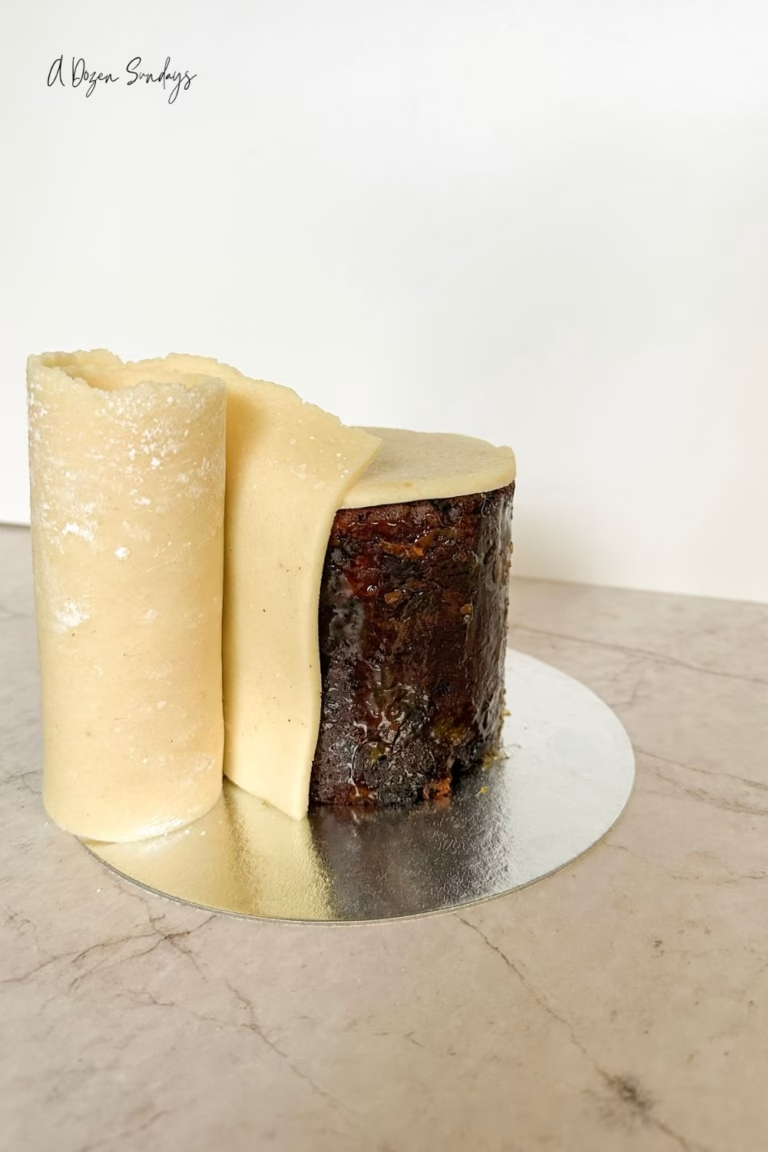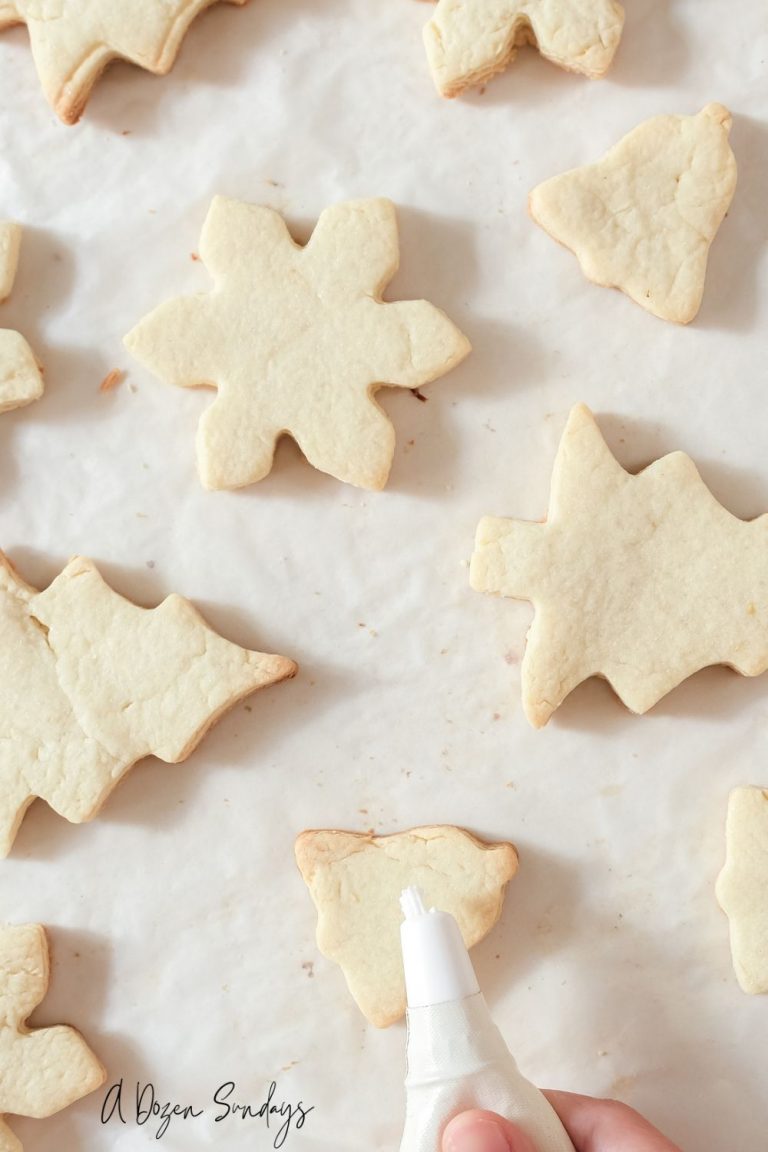Cups to Grams Conversion
Cups to Grams Baking Conversions: A Baker’s Essential Guide
Baking is often seen as a delicate science, and getting the right measurement is crucial to the success of your baked goods. While many recipes use cups as a standard unit of measurement, the use of grams is more precise and can be a game-changer in the world of baking. In this guide, I’ll share why I use grams instead of cups, and there’s a handy cups to grams baking conversion table to help.
The Need for Accuracy
Baking, unlike cooking, requires a higher degree of precision. Even a slight variation in the amount of flour, sugar, or other ingredients can drastically affect the texture and taste of your final product. While cups are commonly used in the United States, they are not as precise as grams. The volume of a cup can vary depending on factors such as the ingredient and how it’s packed, making it challenging to maintain consistency in your baking.
Grams, on the other hand, provide a weight-based measurement, ensuring consistent results each time you bake. This precision is particularly crucial when working with recipes that require a delicate balance of ingredients, such as macarons or pastries.
Common Baking Conversions
Converting from cups to grams is not a one-size-fits-all approach, as different ingredients have different densities and can be packed into a cup in different amounts. Here are some common baking ingredients and their approximate cup-to-gram conversions to help you get started:
All-Purpose or Plain Flour:
- 1 cup = 120 grams
| Cups | Grams | Ounces |
|---|---|---|
| 1 | 120 | 4.2 |
| 1/2 | 60 | 2.1 |
| 1/4 | 30 | 1.1 |
| 1/8 | 15 | 0.5 |
Granulated or Caster Sugar:
- 1 cup = 200 grams
| Cups | Grams | Ounces |
|---|---|---|
| 1 | 200 | 7 |
| 1/2 | 100 | 3.5 |
| 1/4 | 50 | 1.75 |
| 1/8 | 25 | 0.88 |
Brown Sugar (packed):
| Cups | Grams | Ounces |
|---|---|---|
| 1 | 220 | 7.75 |
| 1/2 | 110 | 3.88 |
| 1/4 | 55 | 1.94 |
| 1/8 | 27.5 | 0.97 |
Butter:
- 1 cup = 225 grams
| Cups | Grams | Ounces |
|---|---|---|
| 1 | 227 | 8 |
| 1/2 | 113.5 | 4 |
| 1/4 | 56.75 | 2 |
| 1/8 | 28.4 | 1 |
Milk:
- 1 cup = 240 grams
| Cups | Grams | Ounces |
|---|---|---|
| 1 | 240 | 8 |
| 1/2 | 120 | 4 |
| 1/4 | 60 | 2 |
| 1/8 | 30 | 1 |
Vegetable Oil
- 1 cup = 240 grams
| Cups | Grams | Ounces |
|---|---|---|
| 1 | 240 | 8.5 |
| 1/2 | 120 | 4.25 |
| 1/4 | 60 | 2.13 |
| 1/8 | 30 | 1.06 |
Honey/Treacle
- 1 cup = 340 grams
| Cups | Grams | Ounces |
|---|---|---|
| 1 | 340 | 12 |
| 1/2 | 170 | 6 |
| 1/4 | 85 | 3 |
| 1/8 | 42.5 | 1.5 |
Cocoa Powder
- 1 cup = 125 grams
| Cups | Grams | Ounces |
|---|---|---|
| 1 | 125 | 4.4 |
| 1/2 | 62.5 | 2.2 |
| 1/4 | 31.25 | 1.1 |
| 1/8 | 15.63 | 0.55 |
Confectioners or Icing Sugar
- 1 cup = 125 grams
| Cups | Grams | Ounces |
|---|---|---|
| 1 | 125 | 4.4 |
| 1/2 | 62.5 | 2.2 |
| 1/4 | 31.25 | 1.1 |
| 1/8 | 15.63 | 0.55 |
Rolled Oats
- 1 cup = 90 grams
| Cups | Grams | Ounces |
|---|---|---|
| 1 | 90 | 3.17 |
| 1/2 | 45 | 1.58 |
| 1/4 | 22.5 | 0.79 |
| 1/8 | 11.25 | 0.4 |
Eggs (large):
- 1 egg = approximately 50 grams
It’s important to note that these are general conversions, and for utmost accuracy, using a kitchen scale to weigh your ingredients in grams is recommended. This is especially true for specialized recipes or when experimenting with your own creations.
Precision in Specialty Baking
For speciality baking, such as breadmaking, patisserie, or cake decorating, precision is non-negotiable. Here’s why grams matter in these areas:
- Breadmaking: When baking bread, the right balance of flour and water is crucial. Grams ensure that your dough has the perfect hydration level, resulting in a consistent and flavourful loaf.
- Patisserie: Delicate pastries, like croissants or éclairs, require precise measurements. Converting to grams allows you to create flawless, flaky layers and airy textures.
- Cake Decorating: For cake decorators, grams are invaluable when making fondant, royal icing, or buttercream. Accurate measurements are key to achieving the right texture and consistency for decorating cakes and cupcakes.
Baking with International Recipes
If you love trying out recipes from around the world, you’ve probably encountered a variety of units of measurement. Many European and Asian recipes use grams and millilitres as their standard, so understanding cups to grams conversions is essential for seamless international baking.
Converting these recipes to grams ensures you’re staying true to the intended flavours and textures of these dishes.
The Power of a Kitchen Scale
Investing in a good kitchen scale is a wise choice for any serious baker. It not only makes converting cups to grams a breeze but also enables you to weigh your ingredients directly into the mixing bowl, saving you from a mountain of measuring cups and spoons to clean up afterward. A digital kitchen scale with a tare function is especially handy, as it allows you to reset the weight to zero after placing each ingredient on it.
Mastering the cups to grams conversion is an essential skill for any dedicated baker. While cups can be convenient for quick and easy measurements, grams provide the accuracy and consistency required for the world of baking, especially when it comes to specialty or international recipes.
So, whether you’re making a classic American apple pie or attempting a French croissant, remember that precision is key to achieving the perfect bake. Equip yourself with a reliable kitchen scale, learn the common conversions, and embrace the world of grams in your baking adventures. Using grams, you’ll be able to bake delicious sweet treats that turn out amazing every time.
Happy baking!





